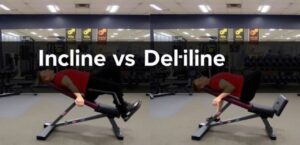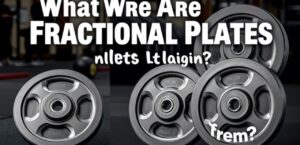Losing fat is a journey many embark on with high hopes and lots of sweat. But somewhere between gym memberships and protein shakes, one major question pops up: Should you do High-Intensity Interval Training (HIIT) or Steady-State Cardio to melt the fat faster?
This debate isn’t new, but recent research has added fresh insight into which training method might be more effective—and sustainable—for burning fat. Whether you’re someone who loves sprinting like your life depends on it or you’re all about that long, rhythmic jog, this article has something for you. Let’s break it down.
Understanding the Basics: HIIT vs. Steady-State
What is HIIT (High-Intensity Interval Training)?
- Alternates short bursts of intense exercise with recovery periods.
- Sessions typically last 15–30 minutes.
- Examples: Sprint intervals, Tabata, circuit training with minimal rest.
What is Steady-State Cardio?
- Involves continuous, moderate effort over a longer time.
- Sessions usually last 30–60 minutes or more.
- Examples: Jogging, cycling, swimming at a consistent pace.
Both have their perks, but the difference lies in how they affect fat loss, endurance, muscle retention, and metabolism.
The Fat-Burning Debate: What Science Says
Fat Loss Efficiency
- HIIT burns more calories in a shorter time and has an “afterburn” effect (EPOC) that continues burning calories post-exercise.
- Steady-state burns more calories during the workout, especially in longer sessions.
- Studies show HIIT may reduce more body fat overall in less time.
Hormonal Benefits
- HIIT boosts growth hormone and adrenaline, which help mobilize fat.
- Steady-state may enhance insulin sensitivity and reduce cortisol when done regularly.
Appetite and Cravings
- Research reveals HIIT may reduce appetite temporarily, while steady-state tends to leave hunger unchanged.
- This can mean fewer calories consumed post-workout for HIIT fans.
Muscle Preservation
- HIIT is more likely to preserve lean muscle due to its resistance-based intervals.
- Steady-state, especially if excessive, may risk slight muscle loss.
Real-World Application: Which One Fits Your Life?
Go HIIT If You:
- Have a tight schedule and need maximum results in minimal time.
- Enjoy fast-paced workouts with variety.
- Want to maintain or build lean muscle while burning fat.
- Thrive on pushing your limits.
Stick With Steady-State If You:
- Prefer a meditative, rhythmic style of movement.
- Are managing stress or recovering from injury.
- Enjoy being active outdoors for longer durations.
- Want to gradually build endurance and burn calories consistently.
The Hybrid Solution: Best of Both Worlds?
Why not combine both? Doing HIIT 2–3 times a week, complemented by steady-state on alternate days, can provide the perfect balance—boosting fat loss while improving cardiovascular health and maintaining consistency.
Example Weekly Schedule:
- Monday: HIIT (20 mins)
- Tuesday: Light jog (40 mins)
- Wednesday: Rest or walk
- Thursday: HIIT (25 mins)
- Friday: Steady-state cycle (45 mins)
- Saturday: Optional HIIT or yoga
- Sunday: Rest
Final Thoughts
When it comes to fat loss, both HIIT and steady-state have their place. HIIT might give you faster results, but steady-state offers sustainability and mental clarity. The real magic happens when you choose a routine you enjoy and can stick to over the long run.
So, whether you’re crushing burpees or enjoying a long scenic run, remember: Consistency beats perfection. Listen to your body, mix things up, and stay committed—because in the end, the best workout is the one you’ll keep coming back to.
Keep showing up, and the fat loss will follow.

Emily Rose Johnson is a passionate writer with a knack for crafting engaging content. She specializes in communication strategies, digital marketing, and creative storytelling.









